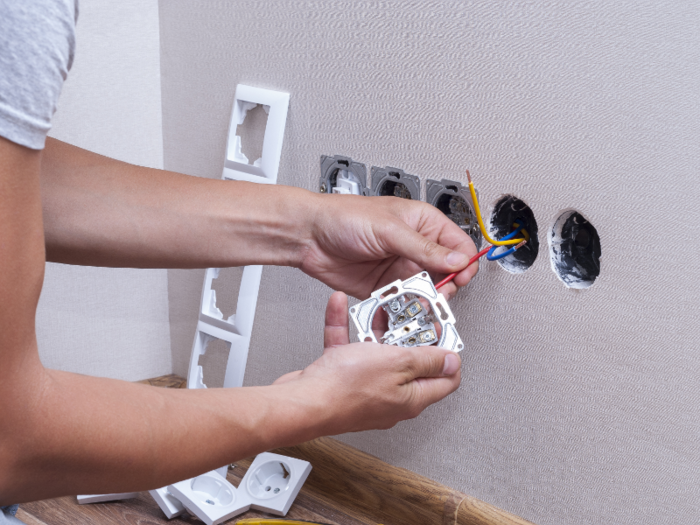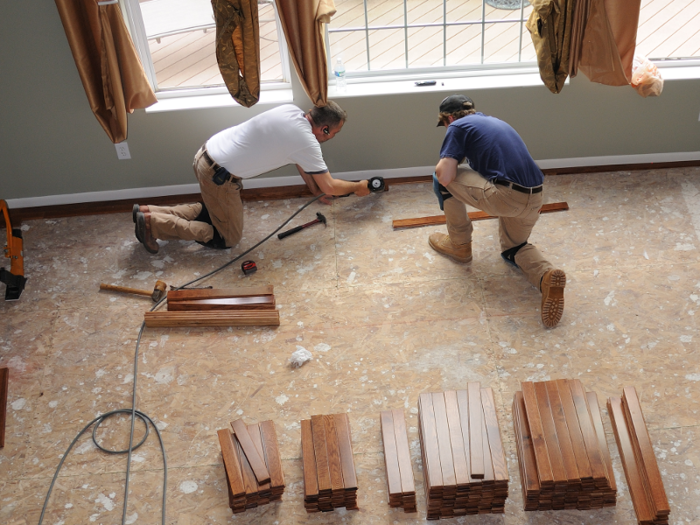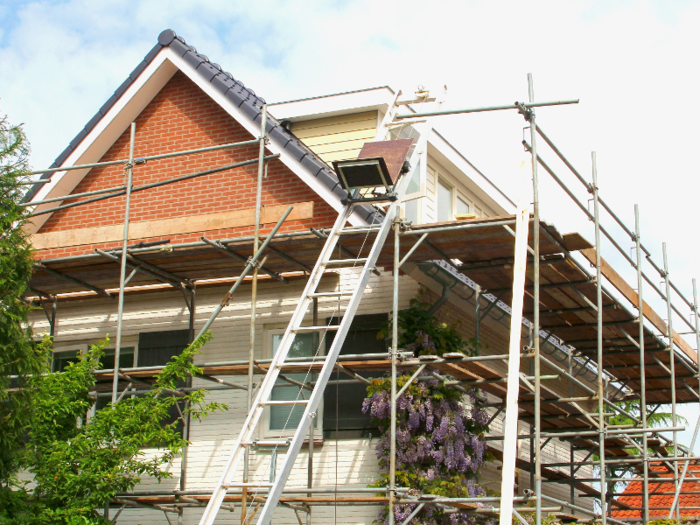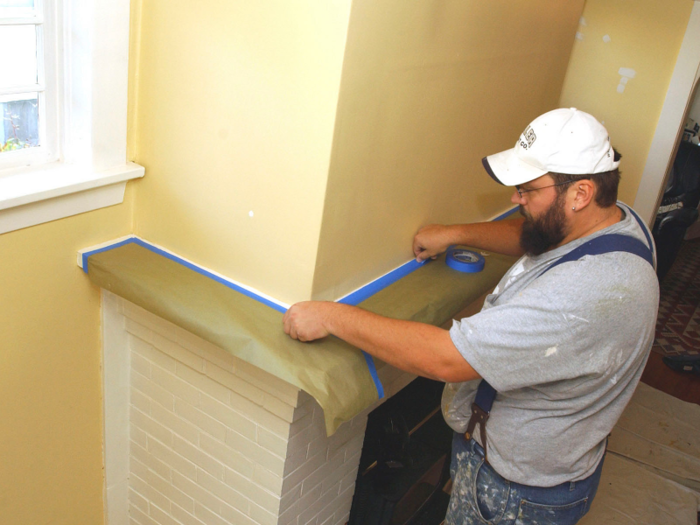- Home
- slideshows
- miscellaneous
- The 8 biggest mistakes people make when remodeling their homes, according to real estate agents
The 8 biggest mistakes people make when remodeling their homes, according to real estate agents
They add too many fixtures and not enough livable space.

Or they add too many custom features that might not appeal to future buyers.

You may think a tricked-out home entertainment center is a selling point, but not everyone will agree with you. Having too many niche features limits your market for recouping your remodeling costs because buyers have different tastes.
Ross said he's seen custom features that sellers were very proud of work against them when they listed their home for sale.
"Buyers want to move into and live in their new home, not move into your old home," he said.
Ross advised striking a balance between features that will make you happy and features that are desirable to a wide market.
Agents say that working with an unlicensed contractor can cost you a lot of money in the long run.

It may be tempting to have the neighborhood handyman help you replace your roof, but future costs could far exceed the money you'll save up if he's not a licensed contractor.
"Most home improvement projects require permits and an unlicensed contractor cannot legally pull permits," Andrew Helling, a Nebraska property manager and owner of REthority.com, told Business Insider. "This may result in a fine, or even worse, damage to your property resulting from shoddy work."
Some projects that usually require permits are demolishing a section of your house, changing electrical wiring or plumbing, converting a garage to livable space, and even replacing your water heater. Helling said homeowners can avoid making this mistake by calling their city's code enforcement department, which keeps all contractor licenses on file.
And so can going the DIY route.

While you can save big bucks doing some or all of a remodeling project yourself, some things are best left to the professionals to minimize potential problems.
One such project Helling points to is furnace installation.
"It's true — you can save thousands of dollars installing a furnace yourself. However, this could cost you more money down the road when the city makes you reinstall it because you didn't do the work to code."
Even more risky, he said, improper venting may cause dangerous gas leaks which can be life threatening. Other projects where it's in your best interest to work with a professional are bathroom remodels, electrical panel replacement, and gutter replacement.
Another huge mistake is doing you remodeling out of order.

Budgeting is an obvious part of the planning process, but many homeowners neglect another important part that requires strategy: workflow. Poor planning here can result in delays and added costs.
"When remodeling, things need to occur in a certain order," Helling said. "For example, you don't want to refinish flooring and then paint."
Paint — or a crew of painters and gear — can easily damage brand new floor coverings, so flooring should almost always be done last in a renovation project.
Another commonly overlooked part of the workflow is cleanup. Will your project require a dumpster? What about a truck to haul away debris? Think through your project from start to finish to ensure you've accounted for all the necessary steps in the process.
And making major structural changes to your home rarely pays for itself.

All of the real estate pros we spoke to agreed that major structural changes, like tearing down walls or shifting the placement of plumbing, are almost never a good investment. These changes are not only expensive, but time consuming, as they require engineering work, pulling permits, and other tasks that can take a while.
If your heart is set on getting rid of a wall or vaulting your ceilings and you've got the disposable income to do it, have at it. However, the experts say you shouldn't expect to fully recover the money you'll pour into the project.
But overlooking necessary fixes and focusing on cosmetic repairs could also backfire.

Remodeling is exciting. It's easy to get caught up in making things shiny and new, but Beatrice de Jong, a Los Angeles real estate agent, cautioned against overlooking necessary repairs in favor of cosmetic work.
"An elegant new kitchen may be more alluring than fixing a leaky roof or old electrical (wiring) in a home, but putting off repairs will only lead to higher expenses in the long run," she said.
If you neglect a repair for too long, you may even have to tear out your beautiful cosmetic work to access pipes or floorboards later.
"A home can look beautiful, but no one will be able to live in it if it's not functional," de Jong said.
And plan for surprises by adding some cushion to your budget.

According to a 2018 study of renovation trends by Houzz, 46% of homeowners went over budget on their remodeling projects.
De Jong said there are countless things that can push you over budget, from finding termites in a torn-up floor to switching to tile that costs slightly more per square foot. To avoid falling into this trap, plan for surprises.
"Once you have an estimate for the scope of the renovations, add an extra 20% cushion to your budget," she said.
Popular Right Now
Popular Keywords
Advertisement